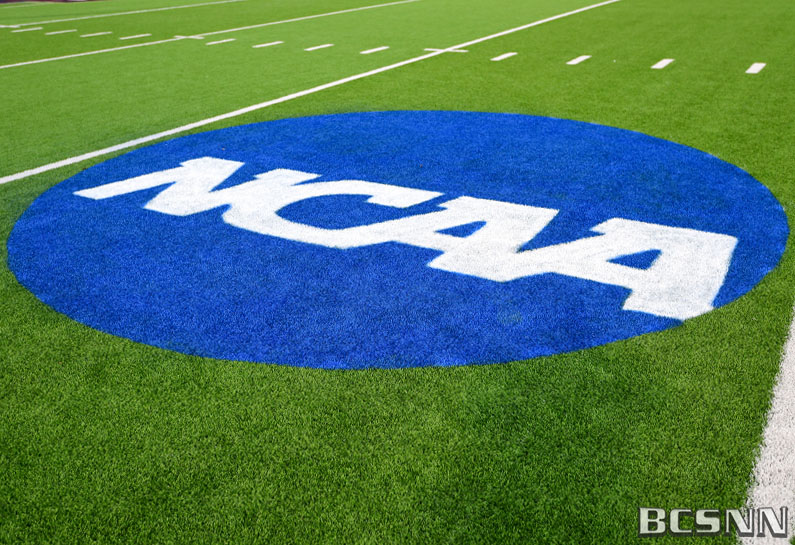It's hard to believe that there was a time when SMU would get the death penalty for boosters paying recruits, Reggie Bush could have his Heisman Trophy taken away, and student-athletes were shamed, all for wanting a small sliver of the billion-dollar industry that they themselves were powering.
It was only a couple years ago.
But that is all changing at a rapid pace, both for the NCAA and everyone watching NIL (Name, Image, Likeness) unfold.
We went from student-athletes not being allowed to get anything, to them quickly being able to be paid through third-parties (agents, businesses, and anyone that's not the school), to this pivotal point.
Judge Claudia Wilken's ruling in the case involving the NCAA and schools being allowed to pay players directly at the college level is a landmark decision that significantly impacts college athletics. In her ruling, Judge Wilken approved a $2.8 billion settlement that requires schools to pay damages to former athletes for lost NIL payments.
This settlement is part of a broader effort to modernize the structure of college athletics and address long-standing issues related to athlete compensation. The ruling also introduces a new revenue-sharing model that permits, but does not require, schools to share millions with their athletes.
This model is expected to start on July 1, 2025, and aims to provide a more equitable distribution of the revenue generated by college sports. The decision is seen as a step toward allowing athletes to benefit more directly from their contributions to their schools' athletic programs.
Additionally, Judge Wilken's ruling addresses the antitrust concerns raised by the plaintiffs, who argued that the NCAA's restrictions on NIL payments violated antitrust laws. By allowing schools to share revenue with athletes, the ruling helps to level the playing field and provides athletes with more opportunities to earn compensation for their efforts.




























